While the discovery of the bulwark of a Ching dynasty cargo ship by a crab fisherman off the coast of Penghu in 1994 was a far cry from that of the headline-making discovery of the Titanic, the accidental find didn't go totally unnoticed.
The handful of members of the National Museum of History's (國立歷史博物館) newly formed undersea archeology department wasted no time in getting to the site of the wreck. And in 1995 the team began what would prove to be four years of laborious and sometimes dangerous underwater exploration of the area.
Posthumously named, General No. 1 (
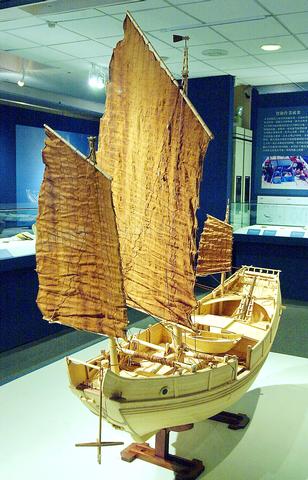
PHOTO: CHIANG YING-YING, TAIPEI TIMES
The results of the team's underwater archeological dig, which were only released late last year, are currently the focus of an exhibition at Taipei's National Museum of History.
Entitled Exhibition of the Underwater Archaeological Study of the Sunken General No. 1 in the Penghu Sea (澎湖將軍一號沉船水下考古展), the exhibition tells of the team's four-year underwater odyssey through the use of maps, underwater charts, photography and over 100 artifacts gathered from the seabed.
The stretch of water in which the vessel was discovered is even today considered by many of Penghu's fishermen as very unpredictable and a place best avoided. Sudden swirls, a precariously rocky coastline and the occasional seasonal typhoon have sent many a vessel to a watery grave over the years, something that the survey-team became suddenly aware of when one such swirl nearly sent the museum's vessel to the bottom.
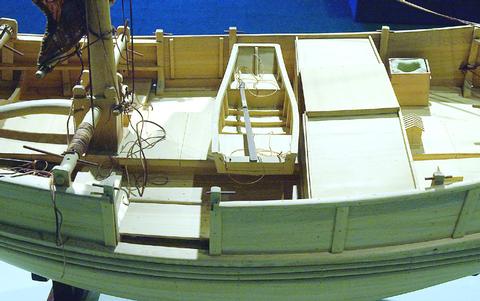
"We had sent out a team of divers when a sudden swirl jolted the boat and dragged it several dozen meters from where we were anchored," recalls Yang Shi-zhao (楊式昭), curator of the current exhibition and member of the survey team. "It was quite frightening as you could see the rocky seabed coming closer but could do nothing to stop. We stood on deck and waited to crash into the rocks. It was all we could do."
Luckily the research ship didn't flounder and none of the divers who were left hanging on to the underwater lines as the ship was pulled towards the rocky coastline suffered any injuries.
Not all shipping has been let off so lightly, however, as Ching records show. Ching officials were the first to begin recording shipping disasters in the seas around Penghu in the early 1700s and maintained quite accurate records until 1895.
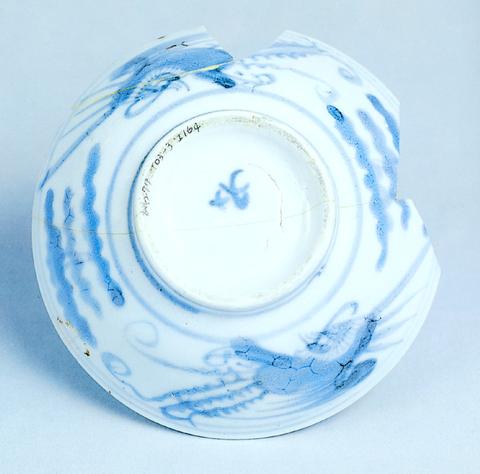
During the 150 years in which Ching port authorities recorded shipping disasters, French, Japanese, Chinese, German, Norwegian and British vessels have all succumbed to the areas' inclement weather and rocky coastline.
For the more morbidly minded museum visitor, the exhibition includes a reproduction of two pages of the Ching-era shipping disaster log. It shows that from between 1717 and 1892 over 100 vessels went down with a total loss of over 1,200 lives.
The most costly of these early disasters was that of the British steamship, New Taiwan. Records on display tell how on Feb. 14, 1879, the ship went down with its entire complement of 270 crew and passengers. There were no survivors.
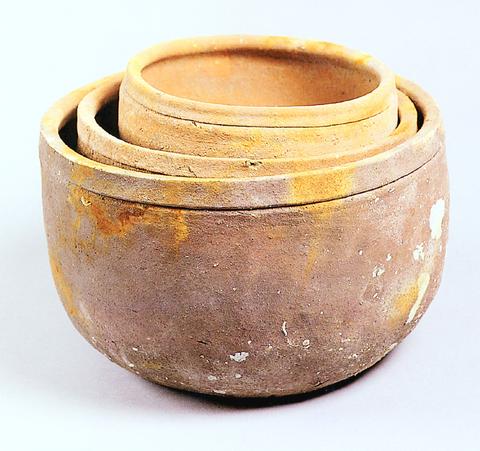
"The Penghu Islands are directly in the path of the most favored trade route between China and Taiwan. We're pretty sure the seabed around the islands is littered with hundreds of wrecks," Yang said.
"We know of quite a few World War II vessels down there and we think one might possibly be a Japanese aircraft carrier, but the older wrecks are more of a mystery in regards to their origins."
Thanks to the discovery of roofing slates endemic to Penghu and Chuanchow, Fujian Province, and pottery manufactured in southern Taiwan, experts believe that the General's place of embarkation was southern Taiwan and her final destination Chaunchow. It wasn't until 1997, however, that the team was able to date the vessel.
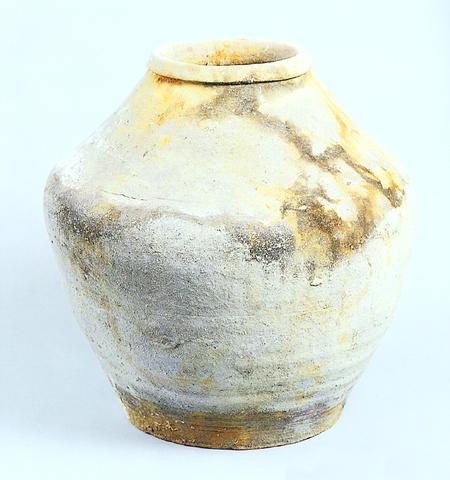
Although initial dives saw over 110 objects retrieved from among the debris and the seabed adjacent to the wreck, which covered an area of roughly 21㎡, the pottery, porcelain, lumber and even charcoal that was brought to the surface gave no clue as to the ship's age.
"When we first went down to see what the fisherman had found all we saw were pots, bowls, lumber and other household goods," explains Yang. "None of which enabled us to date the ship, as we weren't even sure that it had all come from the General No. 1." In 1997 another team of divers took to the ocean floor in search of treasures from the General. After 247 dives totaling more than 400 hours underwater, the divers had retrieved another 92 household objects and, most importantly, a stash of Ching currency.
Scattered across the seabed, the currency dated back to the Qianlong (
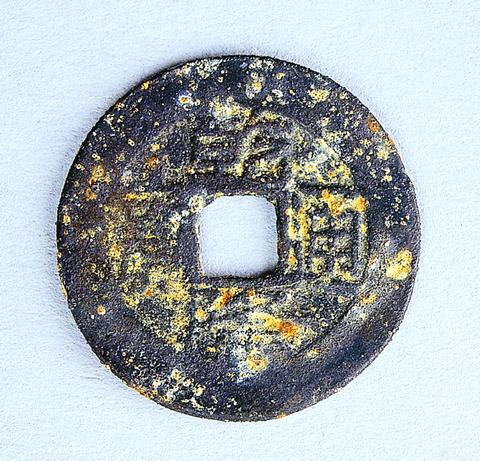
The survey team made its last dive in 1999 and once again retrieved large numbers of pots, vases, bowls and plates. Since the first dive in 1995 over 300 artifacts have been retrieved from the ocean bed around the wreck. Of these 176 are now under glass at the National Museum of History.
Although there was no one single sensational discovery made at the site of the General, the artifacts retrieved from the debris of the ship have proven of enough historical value to warrant the museum's continued funding of underwater archeological surveys in the seas off Penghu.
Museum officials, including Yang, hope that both civilian and military underwater survey teams will cooperate in the future and continue to search for more wrecks.

While it might be several years before another wreck rich with treasure is discovered, there are already plans to open a museum dedicated to shipwrecks that have occurred off the coast of Penghu.
Art Notes:
What: Exhibition of the Underwater Archaeological Study of the Sunken ''General NO. 1'' in the Penghu Sea (澎湖將軍一號沉船水下考古展).
Where: The National Museum of History (國立歷史博物館), 49, Nanhai Road, Taipei (台北市南海路49號).
When: Through Dec. 16

On April 26, The Lancet published a letter from two doctors at Taichung-based China Medical University Hospital (CMUH) warning that “Taiwan’s Health Care System is on the Brink of Collapse.” The authors said that “Years of policy inaction and mismanagement of resources have led to the National Health Insurance system operating under unsustainable conditions.” The pushback was immediate. Errors in the paper were quickly identified and publicized, to discredit the authors (the hospital apologized). CNA reported that CMUH said the letter described Taiwan in 2021 as having 62 nurses per 10,000 people, when the correct number was 78 nurses per 10,000

As we live longer, our risk of cognitive impairment is increasing. How can we delay the onset of symptoms? Do we have to give up every indulgence or can small changes make a difference? We asked neurologists for tips on how to keep our brains healthy for life. TAKE CARE OF YOUR HEALTH “All of the sensible things that apply to bodily health apply to brain health,” says Suzanne O’Sullivan, a consultant in neurology at the National Hospital for Neurology and Neurosurgery in London, and the author of The Age of Diagnosis. “When you’re 20, you can get away with absolute

May 5 to May 11 What started out as friction between Taiwanese students at Taichung First High School and a Japanese head cook escalated dramatically over the first two weeks of May 1927. It began on April 30 when the cook’s wife knew that lotus starch used in that night’s dinner had rat feces in it, but failed to inform staff until the meal was already prepared. The students believed that her silence was intentional, and filed a complaint. The school’s Japanese administrators sided with the cook’s family, dismissing the students as troublemakers and clamping down on their freedoms — with

As Donald Trump’s executive order in March led to the shuttering of Voice of America (VOA) — the global broadcaster whose roots date back to the fight against Nazi propaganda — he quickly attracted support from figures not used to aligning themselves with any US administration. Trump had ordered the US Agency for Global Media, the federal agency that funds VOA and other groups promoting independent journalism overseas, to be “eliminated to the maximum extent consistent with applicable law.” The decision suddenly halted programming in 49 languages to more than 425 million people. In Moscow, Margarita Simonyan, the hardline editor-in-chief of the